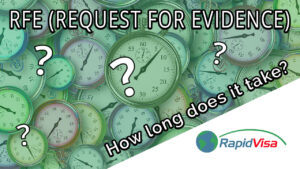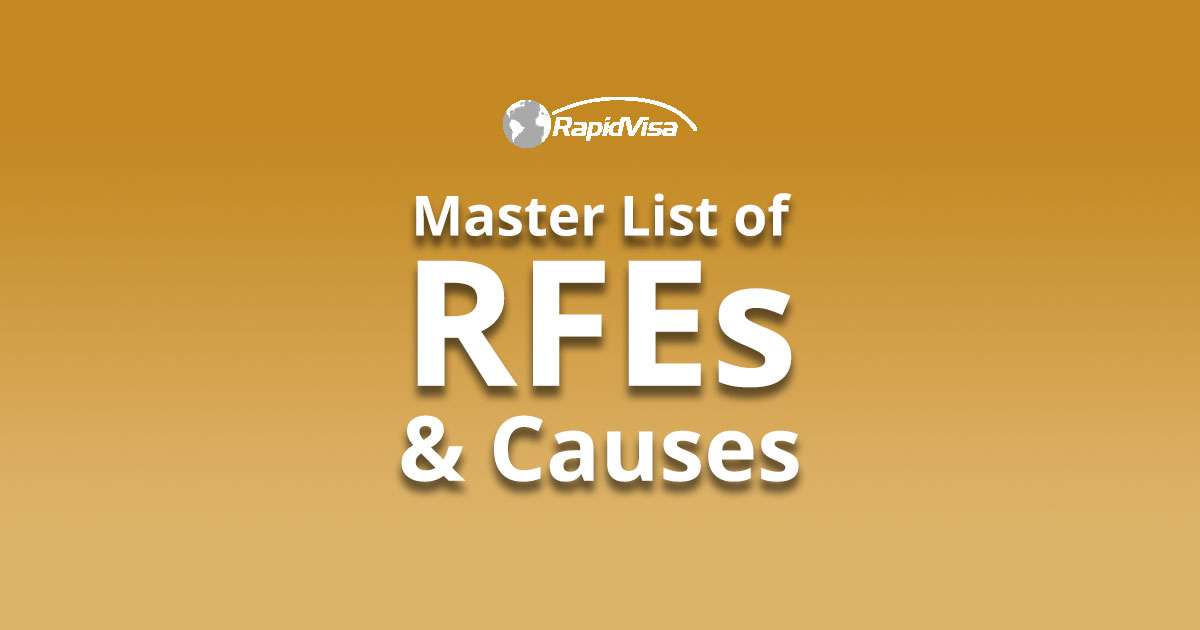What you need to know about changing your temporary visitor status to study in the U.S.
If you’re visiting the United States for a holiday or a business trip on a B-1/B-2 visa, and you’ve decided you want to study, then there’s great news: you may be able to apply for the F-1 student visa to be eligible to stay in the United States and start your studies.
Am I eligible to change my status from a B-1/B-2 visa to the F-1 student visa?
For many students, the chance to study in the United States is a great opportunity that comes as the result of many years of hard work. If you are not a U.S. citizen or permanent resident however, then you will need a valid F-1 student visa to be able to study, even if you have entered the country already on a visitor visa.
If you are in the United States on a visitor visa, you can still change to F-1 student status to reflect your new circumstances. If you want to do this, you will already need to have been accepted to study at a U.S. academic institution, and fulfill all the other requirements of the F-1 visa. You will also need to make sure your visitor visa is still valid.
How do I change my status?
If you’ve been accepted to study at a U.S.-based Student and Exchange Visitor Program (SEVP)-approved school, congratulations! There are two ways you can change your status. One option is to apply directly to U.S. Citizenship and Immigration Services (USCIS) to adjust your status while your B-1/B-2 visitor visa is still valid. If you choose this, you will need to make sure you apply before your B-1/B-2 status runs out. Otherwise, you can also choose to apply for a student visa through consular processing from outside the United States.
Path 1: Changing your status with USCIS
If you would like to change your status through USCIS, then you will need to reach out to your SEVP-certified university, or language program for Form I-20 (“Certificate of Eligibility for Nonimmigrant Student Status”). In this form, the school’s Designated School Official (DSO) should mark ‘change of status’ as the Issue Reason.
Next, you will need to pay the I-901 Student and Exchange Visitor Information System (SEVIS) fee. Lastly, you will need to file Form I-539 (“Application to Extend/Change Nonimmigrant Status”) to USCIS, and pay the fees for filing and biometrics.
Once you have filed Form I-539, you will need to wait for USCIS to respond. While you are waiting, however, you will need to make sure that your original visitor status through your B-1/B-2 visa is still valid.
Path 2: Consular processing
You may decide to apply for an F-1 visa through consular processing outside the United States. Like the process for adjusting your status, you will need to be accepted into a SEVP-certified school before you can apply for a visa. Then, you will need to pay the I-901 SEVIS fee.
Once this has been paid, your school will issue you a Form I-120, confirming your eligibility for the F-1 visa. Next, you will have to apply at a U.S. embassy or consulate for your visa to travel to the United States as a student. The next steps will differ depending on the embassy or consulate you apply through, but generally, you will need to complete Form DS-160, pay the application fee and schedule an interview. If your interview is successful, you will be issued a visa that will allow you to enter the U.S. on F-1 student status.
If you are a citizen of a country where no visa is required, such as Canada or Bermuda, then you may be able to go directly to a U.S port of entry and request admission as an F-1 student.
Common Questions
When should I change my status from a visitor to a student?
You should apply to change your status before your program starts. Bear in mind that if you are in the United Stataes on a B-1/B-2 visa, you cannot enroll in classes or begin studying until USCIS has approved your change of status. Make sure you allow enough time for USCIS to process this.
If you haven’t heard from USCIS at least 15 days before you are due to start, you should get in touch with the DSO at your school.
What can I do if my B-1/B-2 visitor visa runs out before I have received my F-1 student visa?
The F-1 student visa allows you to enter the United States up to 30 days before your school program starts. If you are in the United States on a visitor visa, and your status will expire more than 30 days before your program start date, then you have two options: you can request to extend your current status by filing another Form I-539 to USCIS, or you may leave the U.S. and apply for a F-1 student visa through consular processing.
If you choose to extend your status, you will need to pay a separate filing fee. You can keep an eye on USCIS processing times to help you decide if you want to extend or change your status.


